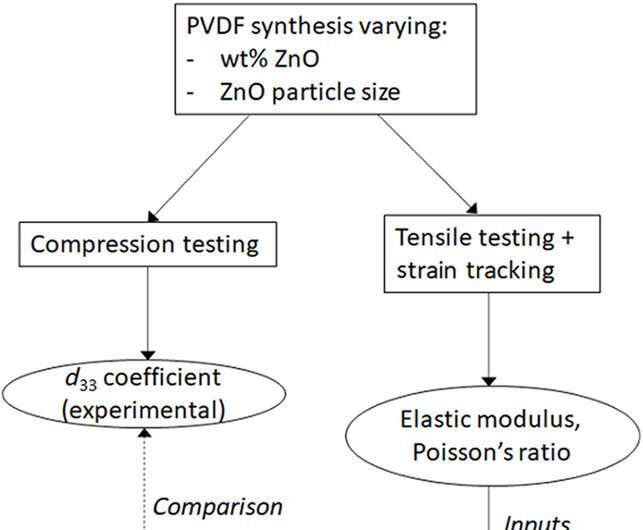This article has been reviewed according to Science X's editorial process and policies. Editors have highlighted the following attributes while ensuring the content's credibility:
fact-checked
proofread
Effects of porosity on piezoelectric characteristics of polyvinylidene fluoride films for biomedical applications

Polyvinylidene fluoride (PVDF) is a piezoelectric polymer material that has shown great aptitude as a pressure and flow sensor, especially in biomedical applications. However, most of the PVDF thin film sensors have low sensitivity and resolution due to their limited piezoelectric characteristics.
One method to improve the piezoelectric performance of PVDF films is introduction of nanopores within the material's structures. It is envisioned that the PVDF films modified by the nanoporous structures are well suitable for biosensing applications such as monitoring hemodynamic flow during in vitro studies of blood flow in the aorta after implantation of a prosthetic valve via the transcatheter aortic valve replacement (TAVR) due to their high piezoelectric coefficients, flexibility, and low weight.
In a recent work published in BME Frontiers, a team from University of Minnesota Duluth (UMD) conducted an in-depth investigation of the effects of porosity on mechanical and piezoelectric properties of PVDF films. Strain tracking was performed on thin film PVDF specimens with various levels of porosity and pore sizes to determine the mechanical properties of the specimens.
The mechanical properties were used to model the PVDF material in COMSOL Multiphysics software, in which compression test simulations were performed to determine the piezoelectric coefficient d33 of the PVDF. A decline in the elastic modulus was found to be highly inversely correlated with porosity of the specimens and the simulation results show that elastic modulus had a much greater effect on the piezoelectric properties than Poisson's ratio.
A combination of experimental and computational techniques was able to characterize and correlate the mechanical properties of PVDF films of varying porosities to their piezoelectric properties.
Understanding how material properties such as the elastic modulus and Poisson's ratio affect the piezoelectric performance of PVDF films, and how those properties can be controlled by altering the porosity of the material, is crucial for further development of PVDF as a pressure-sensing material. By improving the piezoelectric performance of PVDF, more sensitive and reliable pressure sensors can be developed for biomedical applications like hemodynamic monitoring.
More information: Jack T. Kloster et al, Effects of Porosity on Piezoelectric Characteristics of Polyvinylidene Fluoride Films for Biomedical Applications, BME Frontiers (2023). DOI: 10.34133/bmef.0009
Provided by BME Frontiers




















